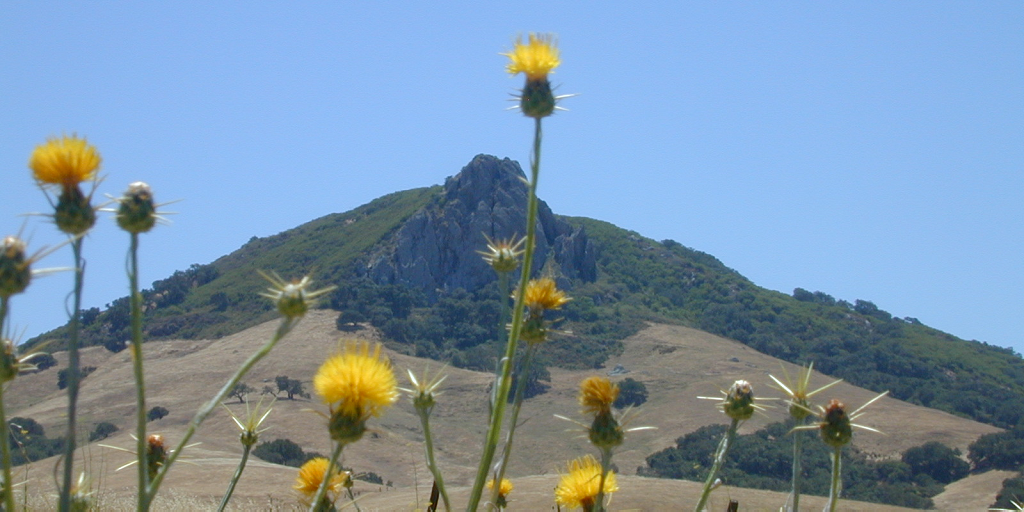
Springtime is Invasive Weed Time
Author: Brenda Ouwerkerk / Chief Deputy Agricultural Commissioner
Date: 4/21/2018 12:00 AM
Invasive weeds can become more than a nuisance. The County Department of Agriculture/Weights and Measures encourages residents to control weeds and to report unusual plants.
Across California, residents, farmers, ranchers and wildland managers are faced with the constant intrusion of invasive weeds, costing millions of dollars in control costs and crop loss.
For most residents, weeds pop up in the garden and become nuisances that need to be removed before they spread. In crops and rangeland areas, however, productivity may be reduced, driving up the cost of food production. Some invasive plants can even be toxic to livestock.
When wildlands become infested with invasive plants natural habitat and ecosystems can be impacted, displacing native plants and animal species, negatively impacting recreational and commercial activities. Human safety is put at risk by invasive plants by changing the way water is used in an ecosystem, and contributing to increased fire loads. Invasive plants in riparian areas can change the way storm water moves and increase the risk for flooding.
Prevention is the first and most effective strategy for managing invasive plants. Residents and visitors can help protect San Luis Obispo County from these invaders by keeping their eyes open for unusual plants and informing the San Luis Obispo County Department of Agriculture/Weights and Measures if they spot an unusual plant. Practicing good “biosecurity” by cleaning boots and tires after hiking or biking helps prevent the spread of invasive plant seeds.
Back in the garden, residents should purchase plants locally and choose ornamental plants carefully to minimize the potential for invasive ornamentals from escaping and invading the wildlands. Consider using native plants in landscaping, which also may require less irrigation. There are many alternatives to invasive ornamentals listed by the PlantRight Program and the California Native Plant Society.
For additional information on how you can help prevent invasive weeds from negatively impacting our local economy and natural resources, please visit the following websites:
- California Invasive Plant Council
- California Department of Food & Agriculture’s “Encycloweedia”
- San Luis Obispo County Department of Agriculture’s Pest Management Program
To report an unusual plants, contact the San Luis Obispo County Department of Agriculture at 805-781-5910.
